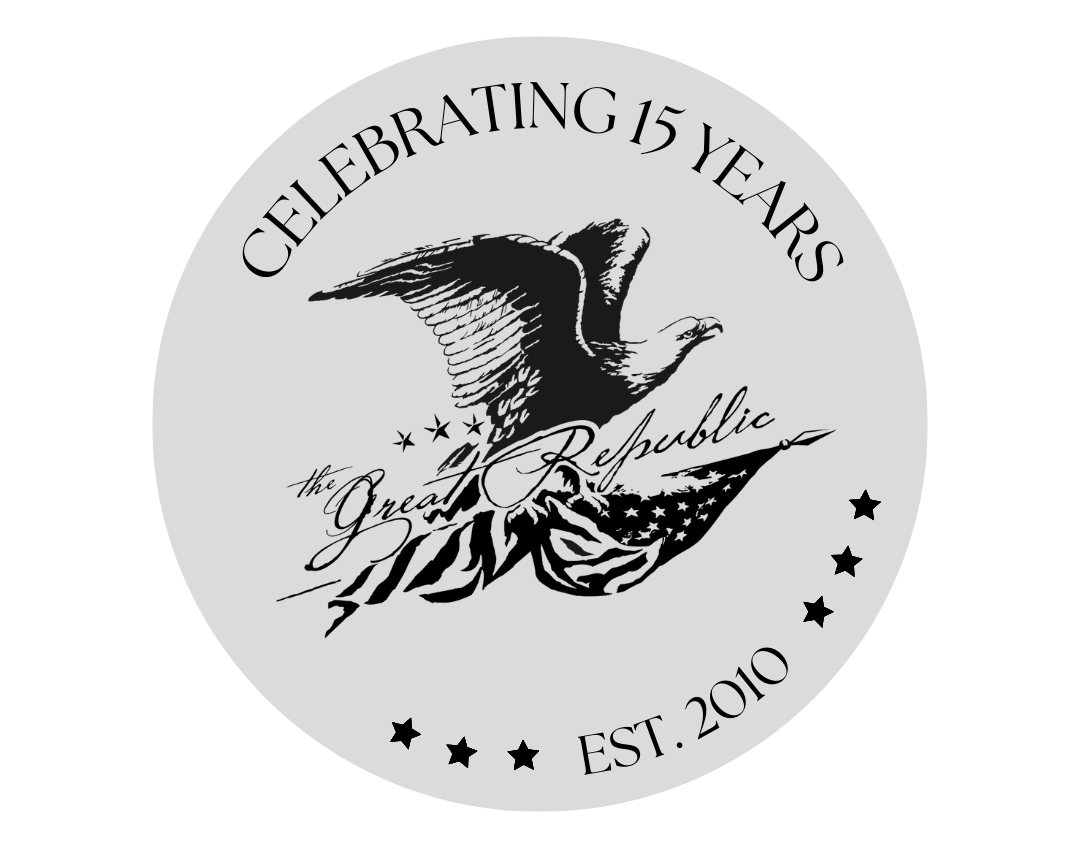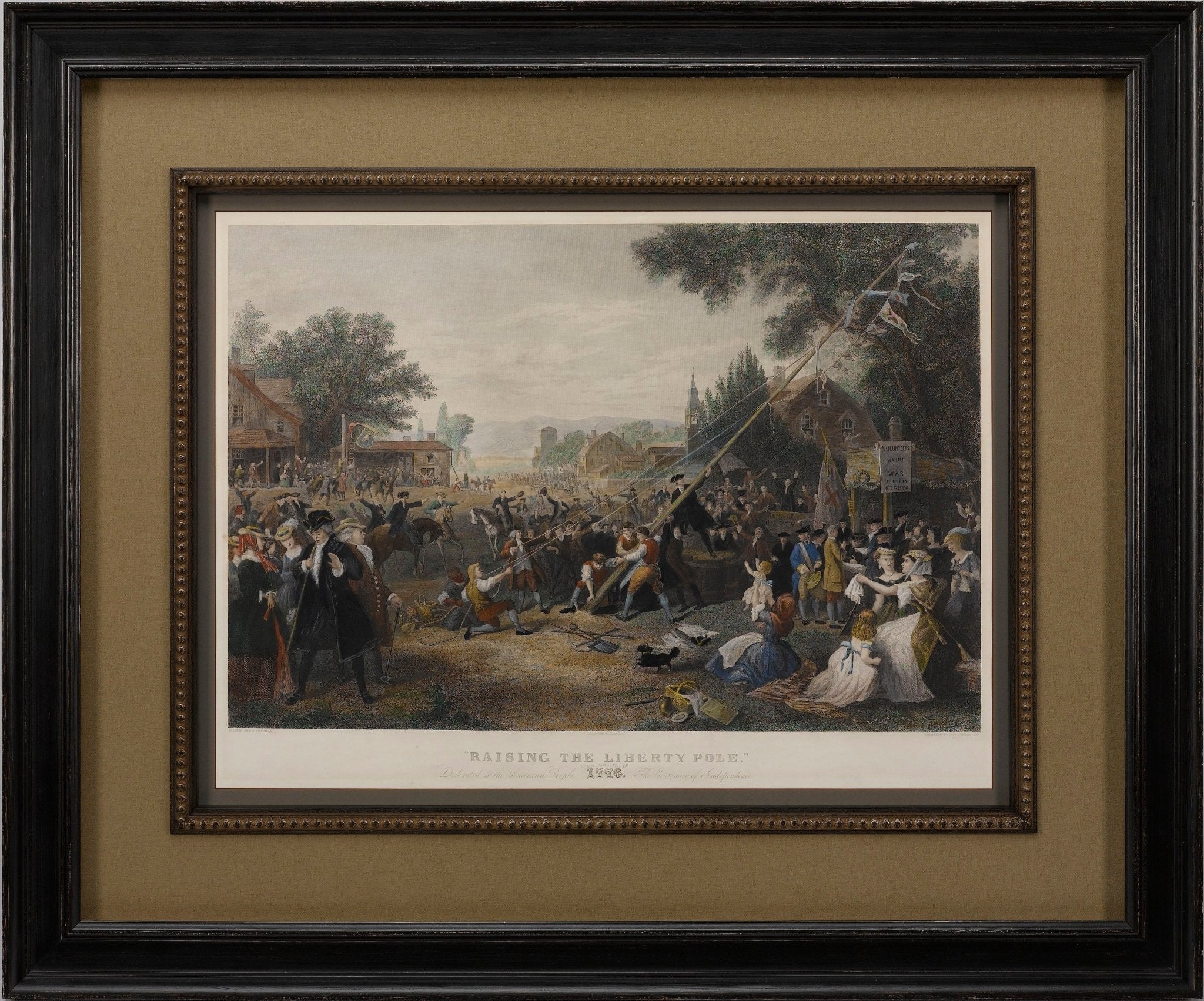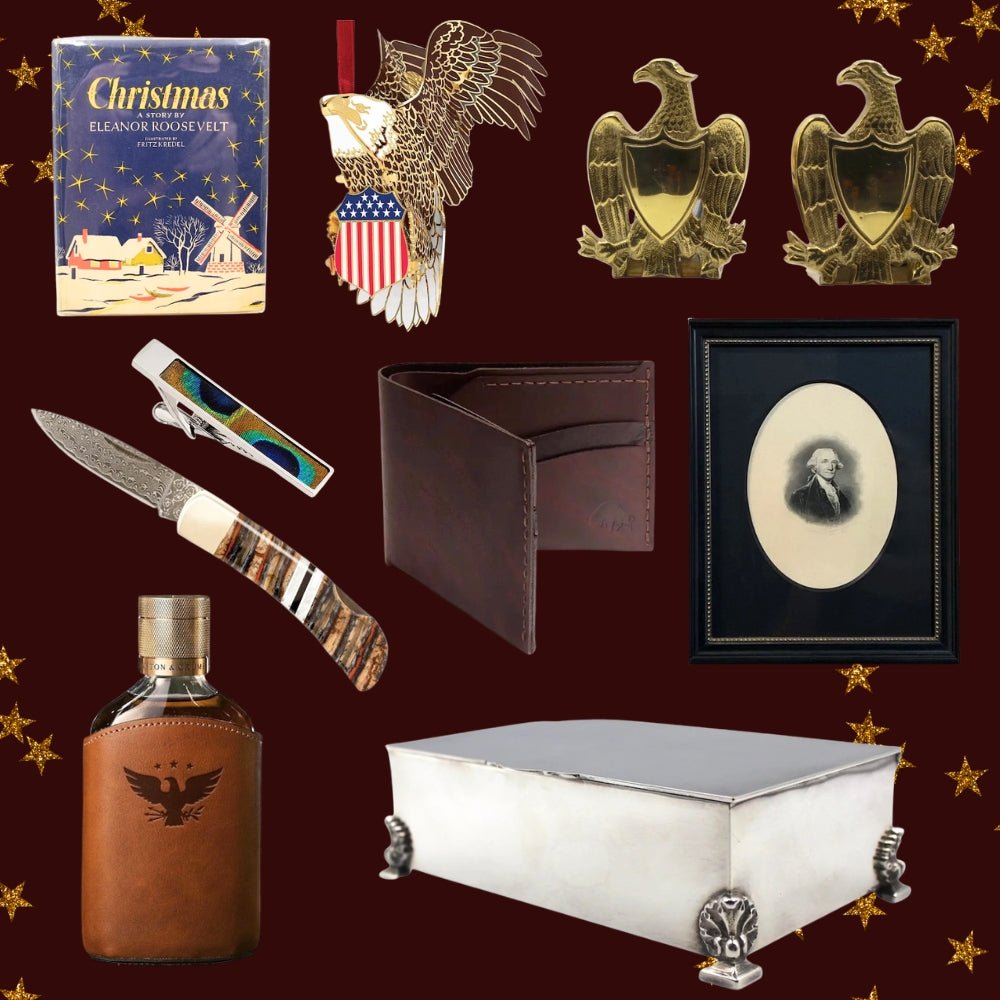How Truman Capote Created The True Crime Genre
When Truman Capote's In Cold Blood was first published in 1965, he characterized it as the first "non-fiction novel." Combining the dialogue and narrative of a novel with the truth of a nonfiction piece, In Cold Blood is credited with starting the popular literary true crime genre. We currently have a first book club edition, in original dust jacket and boards, signed by Capote on the title page.
Truman Capote first learned of the 1959 ‘quadruple murder’ of the Clutter family in Kansas by reading about it in The New York Times. Sensing the opportunity for a story, he traveled to Kansas with his childhood friend Harper Lee to compile first-hand testimonies and investigator notes from the crimes. During his stay, the two murderers were caught, and Capote began an involved interview with both men.
For six years, Capote became enmeshed in the lives of the townspeople, recording the process by which they coped with this tragedy, the trial, and psychological ripple effects of such a horrific murder in their small town. All the while, he developed the story of In Cold Blood, combining various perspectives of the event into a cohesive crime story. In the book, the world of the victims is painstakingly and sympathetically reconstructed, but Capote also explored the emotional lives of the killers and what might have led them into such murderous excess.
Capote said, "This book was an important event for me. While writing it, I realized I just might have found a solution to what had always been my greatest creative quandary. I wanted to produce a journalistic novel, something on a large scale that would have the credibility of fact, the immediacy of film, the depth and freedom of prose, and the precision of poetry."
His story first appeared in The New Yorker in 1965, in the form of a four-part serialization, before being published in book form by Random House. The work was an instant success and was hailed by critics as a pioneering example of a nonfiction novel. It was a finalist for the Pulitzer Prize in 1966.








